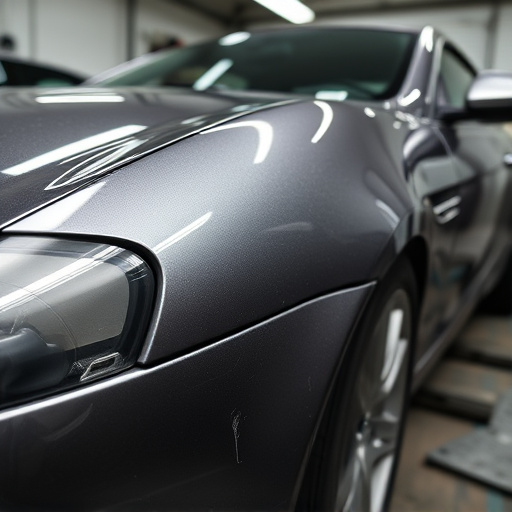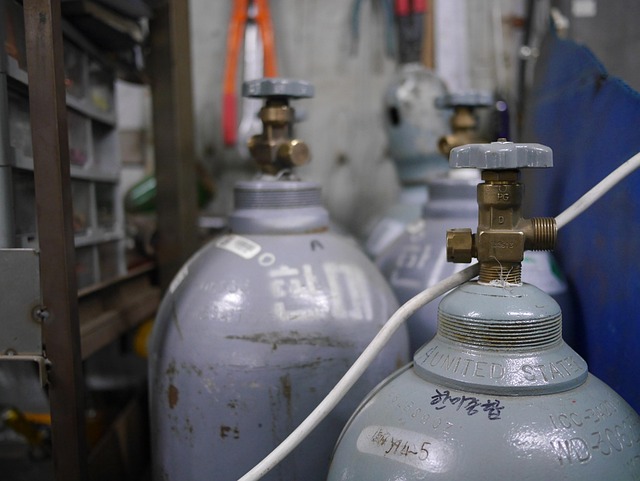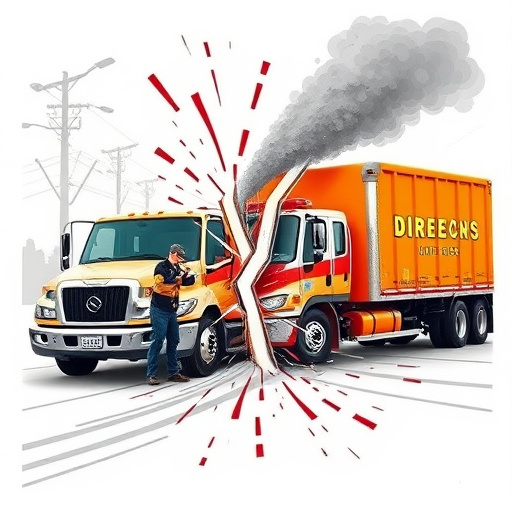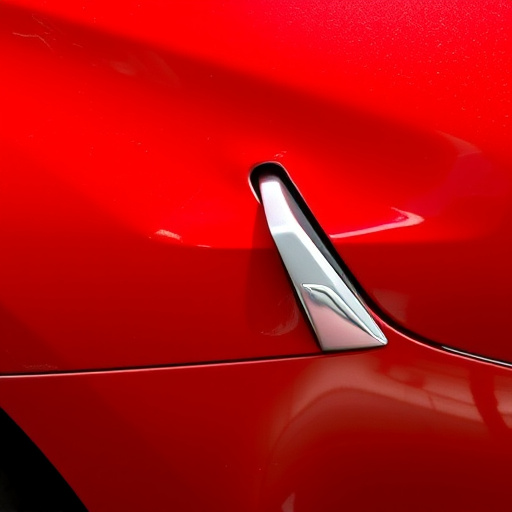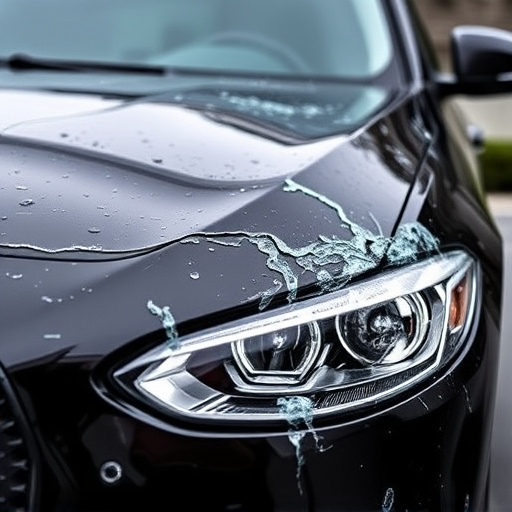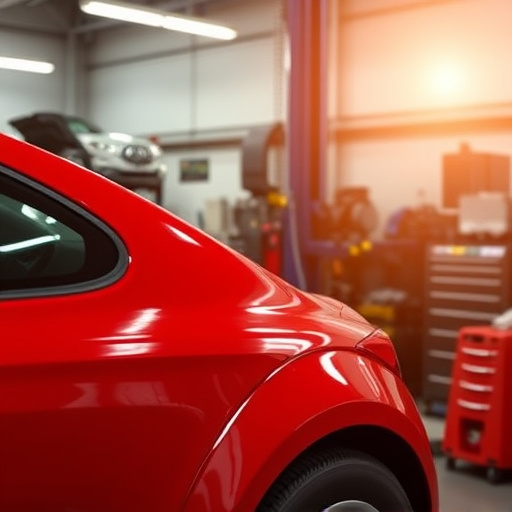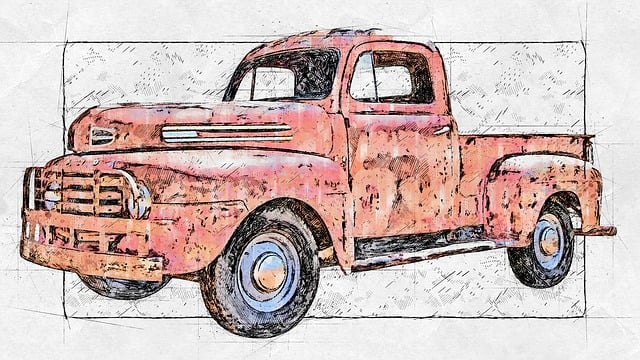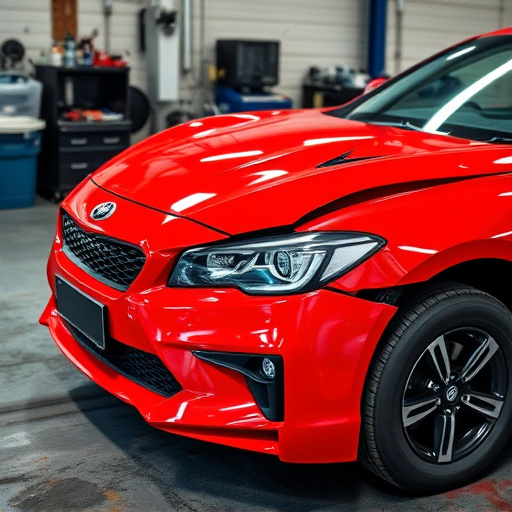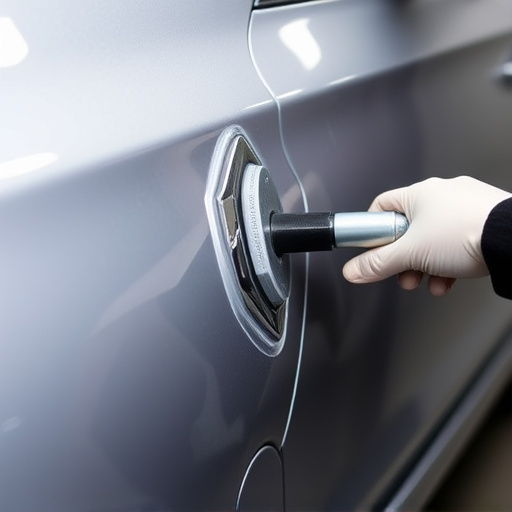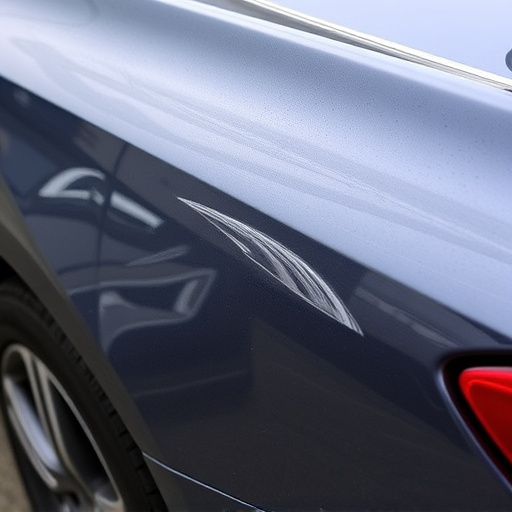Understanding your insurance coverage for aftermarket collision parts is crucial for car restoration. While comprehensive policies usually cover these, collision-only policies may not. Reputable auto body services ensure safety standards and part compliance. When filing a claim, choose centers approving aftermarket parts and communicate clearly with them. Insurers may provide pre-approved supplier lists to reduce out-of-pocket expenses. Effective navigation requires open dialogue and policy term understanding.
Are you wondering if insurance covers the cost of aftermarket collision parts after a car accident? This comprehensive guide explores the intricate relationship between insurance policies and aftermarket auto parts. We break down the factors influencing coverage, including policy terms, the type of damage, and part classification. Additionally, we provide practical insights into navigating claims with aftermarket parts, ensuring you’re prepared to make repairs efficiently while maximizing your insurance benefits.
- Understanding Insurance Coverage for Aftermarket Collision Parts
- Factors Affecting Coverage: Policies, Damage Type & Part Classification
- Navigating Claims: Procedures and Considerations When Using Aftermarket Parts
Understanding Insurance Coverage for Aftermarket Collision Parts

When it comes to insuring your vehicle, understanding what’s covered and what isn’t is crucial. In terms of aftermarket collision parts, things can get a bit complex. Insurance policies typically cover factory-original equipment, but aftermarket replacements often fall into a different category. Aftermarket collision parts, such as those used for fender repair or auto body painting, may or may not be covered by your standard insurance policy.
It’s essential to review your specific insurance plan and check with your provider. Some companies might offer optional coverage for aftermarket parts, while others may not. In the world of car restoration, where custom and replacement parts are common, knowing this detail can save you from unexpected out-of-pocket expenses. Remember that your insurance coverage should provide peace of mind, ensuring that any necessary repairs, whether using factory parts or specific aftermarket options, align with your policy terms.
Factors Affecting Coverage: Policies, Damage Type & Part Classification

The coverage of aftermarket collision parts by insurance policies varies significantly and is influenced by several factors. Firstly, the type of insurance policy plays a crucial role—whether it’s comprehensive or collision-only coverage makes a difference. Comprehensive policies generally cover a wider range of damages, including those sustained during collisions, and may include certain costs associated with aftermarket parts. Collision-only policies, on the other hand, usually require you to pay for repairs out of pocket or consider additional insurance options for part replacement.
Additionally, the nature of damage and how it affects the vehicle’s safety and functionality is a key consideration. Damage types like dents, scratches, or cracked windshields might be covered under certain circumstances. However, more complex repairs or those involving structural integrity, such as framework or chassis damage, may require specialized auto body services. The classification of parts also matters; while original equipment manufacturer (OEM) parts are typically preferred and guaranteed by insurance, aftermarket collision parts might have varying levels of quality and warranty support. Using reputable auto body painting and vehicle bodywork services can help ensure that replacement parts meet safety standards and are properly classified for insurance claims processing.
Navigating Claims: Procedures and Considerations When Using Aftermarket Parts

When filing an insurance claim for car damage repair using aftermarket collision parts, it’s crucial to understand that procedures and considerations are slightly different than using original equipment manufacturer (OEM) parts. The first step is to ensure the auto body restoration facility you choose is familiar with and approves the use of aftermarket components. This is important because some insurers may require proof that these parts meet specific safety standards and are compatible with your vehicle.
At an auto collision center, communicate clearly about your preferred parts to avoid miscommunication. You might want to opt for aftermarket options due to cost savings or availability, but it’s essential to verify their quality and warranty. Some insurance providers may even have pre-approved lists of reputable suppliers specializing in auto body restoration using aftermarket collision parts, which can streamline the process and potentially reduce your out-of-pocket expenses. Remember, navigating these claims effectively requires open communication and a thorough understanding of your policy terms.
When it comes to insurance coverage for aftermarket collision parts, understanding your policy and knowing the factors that influence it are key. By being aware of these aspects, you can ensure a smoother process when filing claims involving aftermarket components. Remember, proper classification of damage types and parts is crucial for successful claims, so always consult with your insurance provider and keep detailed records. Navigating the claim process with aftermarket parts may require additional steps, but with the right information, it’s possible to receive coverage for these specialized repairs.
